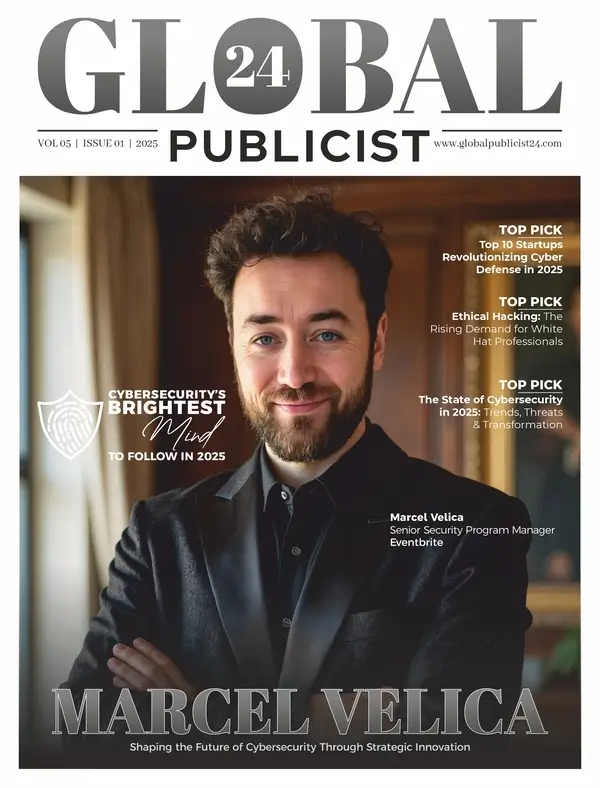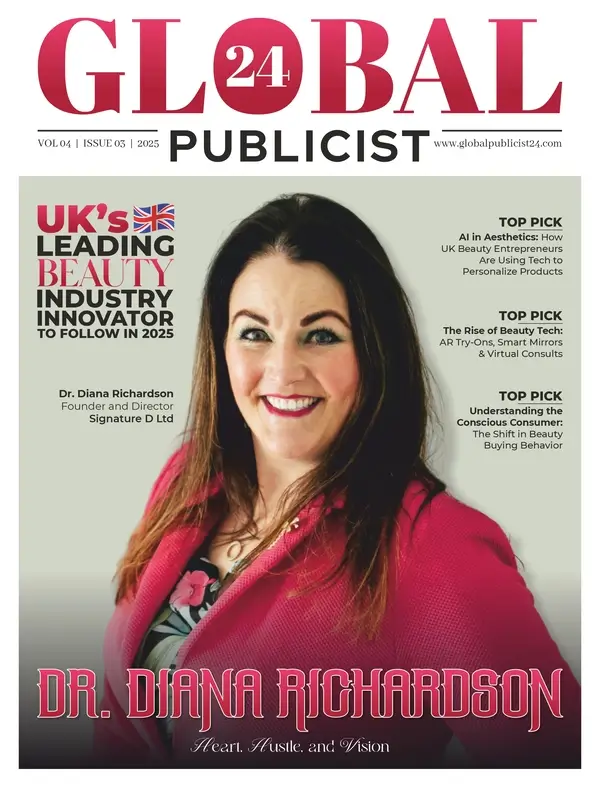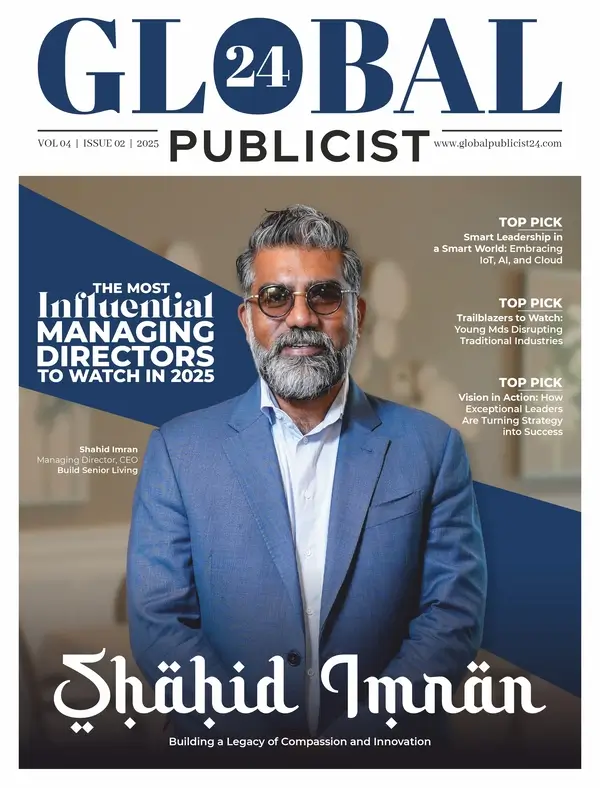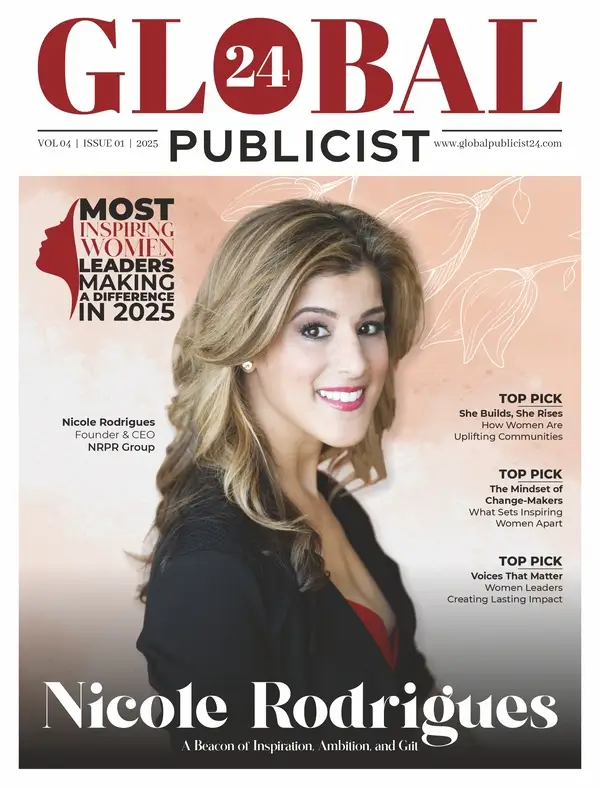In recent years, social media has profoundly transformed the way patients perceive and engage with dental care. With platforms like Instagram, TikTok, and YouTube shaping trends and influencing preferences, the traditional patient-dentist relationship is undergoing notable changes. Social media is not only affecting the types of treatments patients seek but also how they select providers and evaluate dental health information. This article explores the impacts, both positive and negative, of social media on patients’ views and expectations in dental care.
- The Rise of Dental Aesthetics on Social Media
Social media has fostered a heightened focus on aesthetics, with platforms prioritizing visually appealing content. Instagram and TikTok, in particular, are filled with images and videos of idealized, bright white smiles and transformations through veneers, braces, and other cosmetic treatments. This visual emphasis has led to increased awareness and desire among patients for aesthetically pleasing dental treatments.
According to the American Academy of Cosmetic Dentistry (AACD), there has been a surge in patients interested in elective treatments like teeth whitening, veneers, and dental bonding, driven largely by social media influences. Dentists report that patients often arrive at consultations with specific examples from social media, demonstrating how social platforms can shape patient expectations. However, this aesthetic focus sometimes leads to unrealistic expectations, as patients may not fully understand the differences between digitally enhanced images and achievable results.
- Information Accessibility and the Rise of Patient Empowerment
Social media also serves as an educational resource, giving patients more information than ever about dental procedures, hygiene, and overall oral health. Through posts, videos, and live Q&A sessions, dental professionals can reach a broad audience, providing valuable insights into procedures, preventive care, and even myths surrounding dental health. For instance, dentists and influencers often post videos explaining proper brushing techniques, the importance of flossing, and the effects of different diets on oral health.
This easy access to information has empowered patients, allowing them to make informed choices about their care and discuss potential treatments more knowledgeably with their providers. Moreover, social media has made dental care seem more approachable, especially for those who may have previously feared or avoided it. The accessibility of dental content on platforms like YouTube has been particularly helpful for young patients, encouraging them to view dental care as an integral part of their wellness journey.
- Influence of Viral Trends on Dental Health Choices
Platforms like TikTok are known for their fast-paced, viral trends, some of which directly impact dental care decisions. Recent trends, such as “DIY” teeth whitening hacks using baking soda or hydrogen peroxide, have gone viral, often without professional endorsements or guidance. These trends, while popular, are frequently risky and have led to dental issues when unmonitored. For example, excessive use of baking soda for whitening can erode enamel, leading to increased sensitivity and even cavities.
The American Dental Association (ADA) and various dental professionals frequently warn against these trends, emphasizing that they can cause more harm than good if practiced without professional advice. Yet, these warnings often do not reach the audience as quickly or as broadly as the initial trend. This dynamic demonstrates one of the more dangerous aspects of social media’s influence, where unverified “hacks” or cosmetic trends spread widely before professional information can counteract them.
- Trust and Distrust: Social Media’s Dual Role in Building Credibility
Social media can both strengthen and weaken trust in the dental profession. On one hand, social platforms allow reputable dentists to build their personal brands, showcasing their skills and knowledge directly to prospective patients. This transparency can increase trust, especially when dental professionals post patient testimonials, “before-and-after” transformations, and live procedural videos to demonstrate the quality and safety of their care.
On the other hand, social media has made it easier for misinformation to proliferate. There are instances of non-professionals offering advice on dental care or unlicensed individuals promoting questionable products. This misinformation can make patients skeptical about the information they receive, creating challenges for legitimate dental professionals to establish trust and credibility with their audience.
- Changing Dynamics in Patient-Provider Relationships
The information patients now gather on social media often leads them to approach dental appointments with pre-established expectations about their desired treatments. In many cases, patients have seen “instant transformations” on social media and may not understand the procedural steps, costs, or timelines involved in achieving those results. This shift can create pressure on dentists to meet high aesthetic standards or perform unnecessary treatments, which can sometimes lead to ethical concerns.
Furthermore, patients’ preference for dentists with strong social media presence can impact trust. A survey by the Journal of Medical Internet Research indicated that nearly 30% of young adults prefer dental providers who are active on social media, seeing them as more “modern” and trustworthy. As a result, dental practices now face increasing pressure to engage on social platforms to attract and retain patients.
- The Role of Social Media in Mental Health and Self-Image
The prevalence of idealized images of teeth and smiles on social media has created new social pressures. Constant exposure to polished, filtered images of “perfect” smiles can lead to unrealistic beauty standards and affect self-esteem. Studies on social media and self-image show that individuals, especially younger users, may feel pressured to achieve these standards, leading to increased interest in cosmetic procedures.
Dentists often see patients who feel unhappy with their smiles based on comparisons with influencers or celebrities on social media. This trend has resulted in an increase in demand for cosmetic treatments such as teeth whitening, bonding, and even orthodontic adjustments for purely aesthetic reasons. The psychological impact of social media has, therefore, been a significant driver of elective dental procedures in recent years.
- Positive Opportunities for Dentists to Educate and Engage
Despite the challenges, social media provides an incredible opportunity for dental professionals to engage with the public and promote better oral health practices. Many dentists leverage platforms to address common questions, debunk myths, and emphasize the importance of regular check-ups. By actively participating on social media, dental professionals can improve public awareness about oral health and offer patients an accurate perspective on both preventive and corrective treatments.
Live Q&A sessions, informational videos, and patient testimonials are powerful tools for building trust and educating the audience. Dentists can use these interactions to clarify common misconceptions, reduce patient anxiety, and promote best practices, counteracting some of the misinformation that circulates online.
- Looking Ahead: The Future of Dentistry in the Social Media Era
As social media continues to evolve, so too will its influence on dental care. Dentists are increasingly finding ways to embrace social media to provide accurate, valuable information while addressing the unrealistic expectations and misinformation that these platforms can spread. By staying active and transparent on social media, dental professionals can foster positive patient relationships and guide their audience toward healthy, informed choices about their oral health.
Dental associations and individual practitioners are also beginning to collaborate with influencers to create campaigns that highlight realistic and safe dental practices. Moving forward, social media will likely remain a significant factor in patient engagement, with more dental professionals actively shaping the conversation around dental health.
Conclusion
Social media has reshaped patients’ perceptions of dental care, placing a strong emphasis on aesthetics, easy access to information, and even DIY trends. While this evolution brings positive opportunities for patient education and engagement, it also introduces new challenges, from the proliferation of misinformation to the pressures of unrealistic aesthetic standards. By embracing social media responsibly, dental professionals can mitigate some of these risks, promote oral health, and continue to educate and empower their patients.
In the age of social media, an informed patient-dentist relationship will continue to be crucial for achieving a balanced and realistic approach to dental care.















